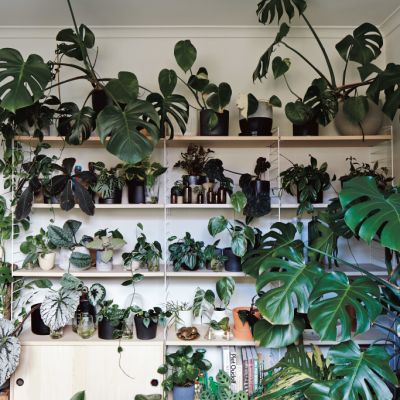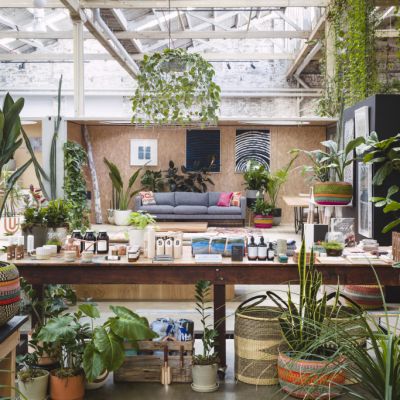Forget paying for indoor plants, here's how to get them for free
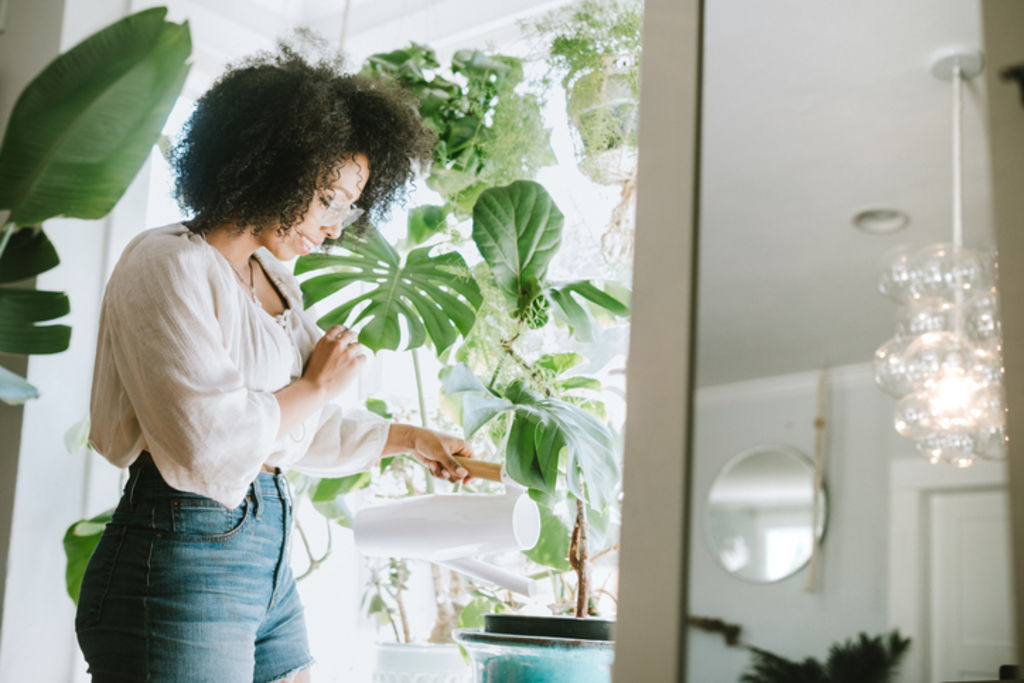
You could have bowled me over with a monstera leaf when I saw that story about the $5000 monstera sale.
It’s a pretty plant, and an unusual one too, which is why it achieved such a stunning price at auction.
But just from looking at the pictures I could tell the buyer had gotten a bit of a bargain. If that one plant, bristling with lovely little nodes, had sold for $5000, the new buyer would probably make their money back in no time.
Hear about Mel’s grown up gap year on Somewhere Else:
I mean if I could pinch a couple of leaves for free from the plant in my doctor’s office and get myself a beautiful, thriving monstera… they could make a small fortune from that big, beautiful plant.
There’s no big trick or secret to how I got one of the most coveted house plants in recent history for the princely sum of $0. I just propagated it.
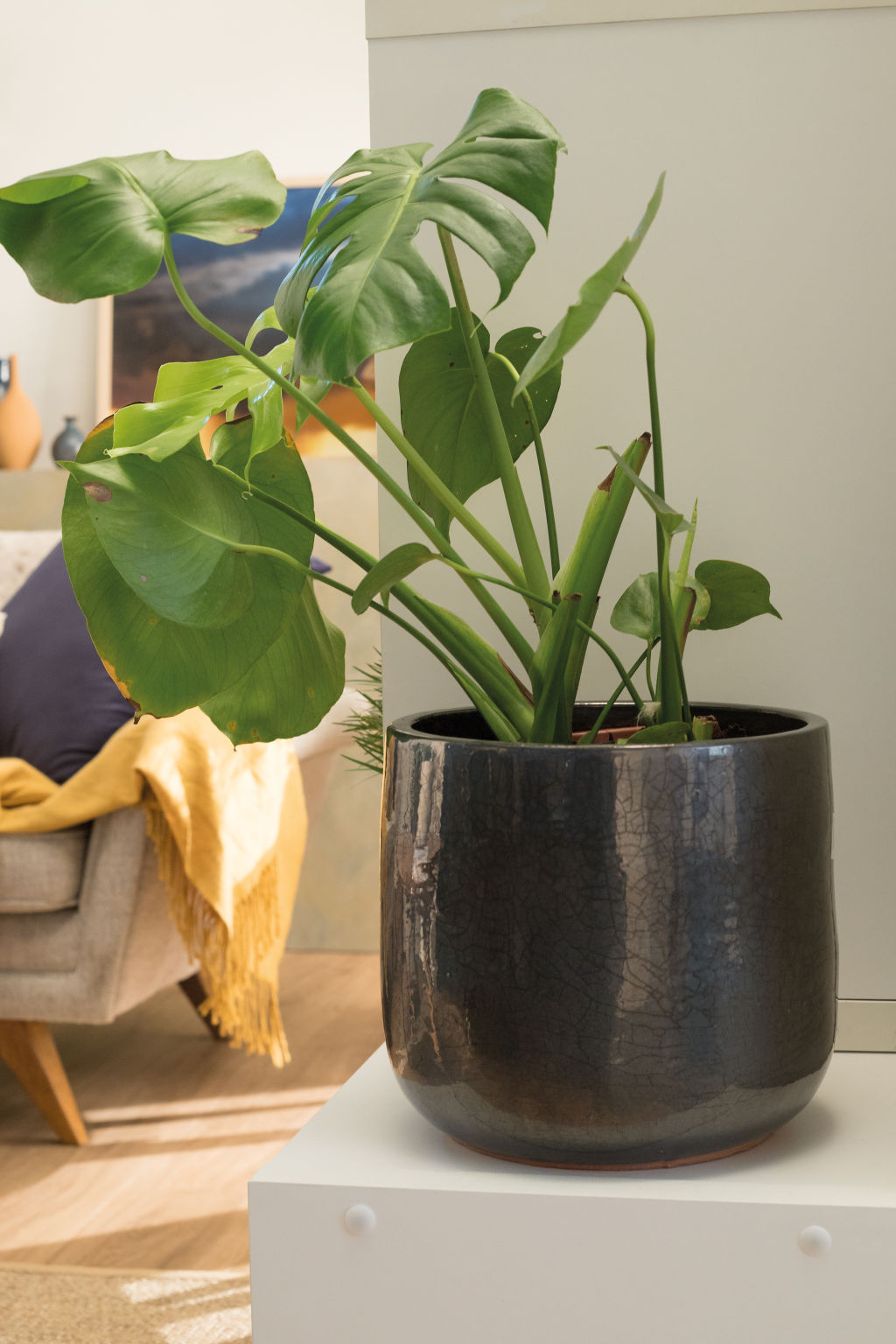
It’s all in the nodes, see, those little nubs of a fresh-sprung aeriel root that dart out from the base of the leaves. The appearance of them means the stem and leaf above can be propagated into a whole new plant.
The seller of that monster variegated monstera understood the principle too, even pointing out in her lengthy description of the plant that it has three “nodes” that could be calved off the mother plant to make three new plants. They’ll in turn grow their own nodes and on and on it goes.
“No need to ask for pics of the mother plant,” seller Jessica wrote.
“This IS the mother plant!”
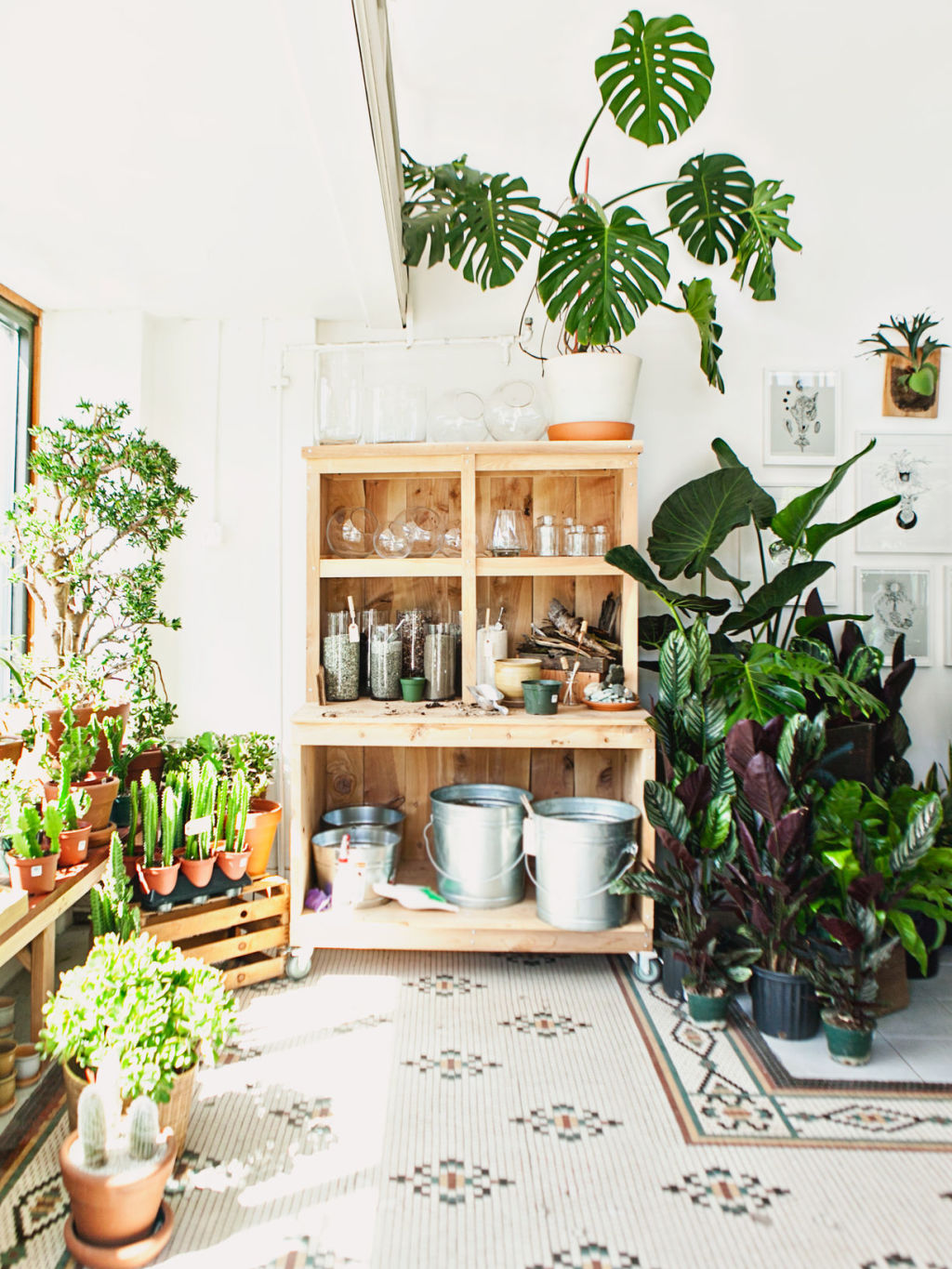
It’s summer too, the monstera’s favourite time of year, so the plants will grow fast.
Taking cuttings is an age old art that was handed down to me from my mum and aunties who would pinch all sorts of things from each others gardens and the gardens of their friends.
It comes with a couple of rules: Always ask before you take a cutting; never a take a cutting if it will damage the mother plant; and if you’ve taken a cutting you have to give a cutting when your plant’s established.
I have no idea if all plant-loving folk live by these rules, but its how I remember them doing it and it seems like a good and equitable way to go about it.
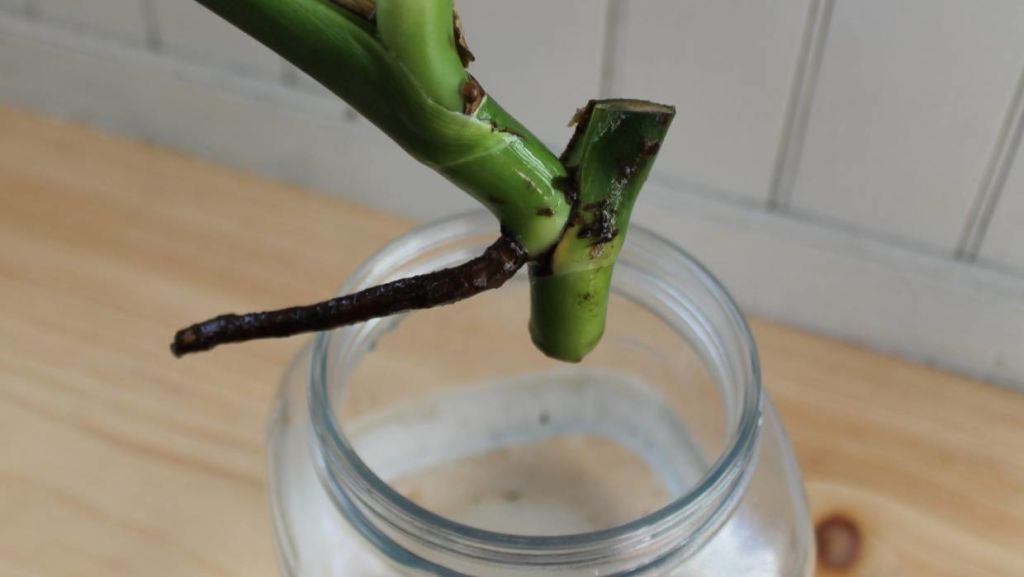
It all came flooding back to me when I saw a giant, overgrown monstera crowding out the waiting room at my specialist’s office.
The plant was in a bit of a sorry state. Bursting out of a too small pot, it was so large it reached all the way to the ceiling. When I asked the receptionist about it, she said they were “getting rid of it” because it was so unwieldy.
As soon as my appointment was over I pounced: “I see it’s got a wee node coming out. Could I take a cutting?”
Luckily for me, the specialist was a fellow indoor plant enthusiast and was happy to help. She cut me off a couple of leaves with a tiny nub of a node at the bottom, told me to pop it in a vase of water and let nature do the rest.
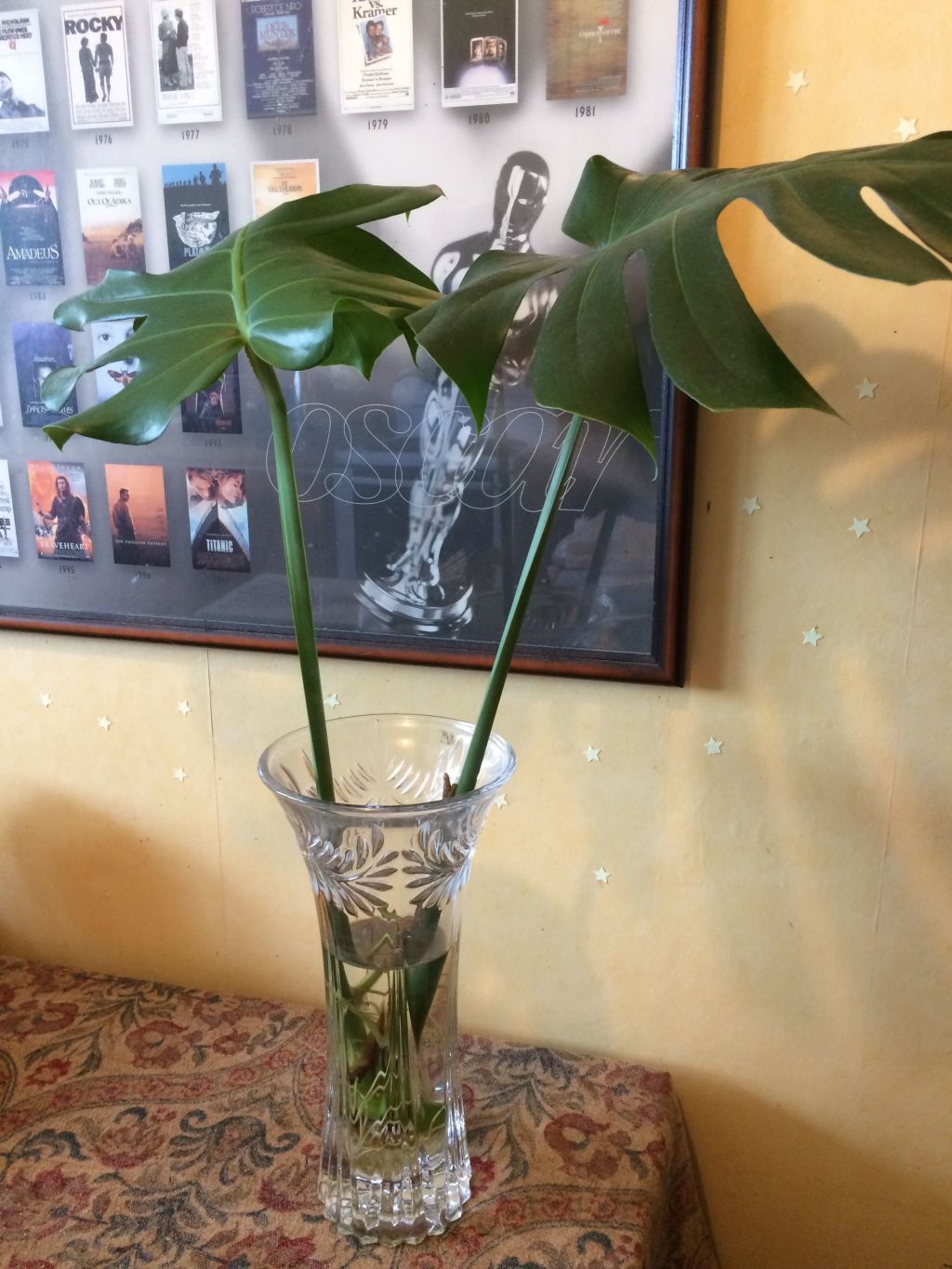
A few months later I have a rooting plant that’s ready to pop in a good sized pot – that’s this weekend’s project sorted then.
In the wild, monstera climb the trunks of giant jungle trees, rooting into the bark as they go. If leaves with nodes fall off, they can take root where they land.
Higher up the tree, or poking out of your potted plant, the nodes can grow to become trailing aerial roots. One article I read suggested you can even cut these roots into smaller sections and plant these in soil to sprout. They don’t even need any rooting hormone, they’re growing power houses.
Monstera can grow fast in the summer — my cutting’s roots went from one small nub to almost reaching out of the vase in the space of a few weeks once the weather warmed up — so you’ll need to prune it to keep it manageable.
Other than that, they like indirect sunlight but don’t mind the dark, love a bit of humidity and only need light watering once a week. No wonder everyone loves them! Happy propagating!
This story originally appeared on stuff.co.nz
We recommend
States
Capital Cities
Capital Cities - Rentals
Popular Areas
Allhomes
More
